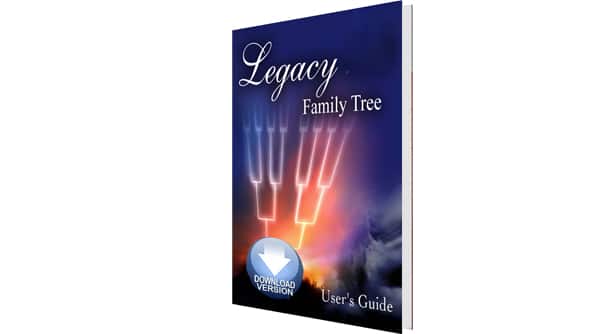Your cart is currently empty!
Bringing Ancestors and Family History to Life
A few weeks ago I was presenting to a group about social history websites for family history. This is a topic I love but like other presenters who are enamored with their subject, I may not always explain well enough why social history is important to the family historian.
As I enthusiastically showed website after website, extolling the virtues of everything from incorporating cookbooks and vintage sewing patterns to old photos a hand went up.
She asked, “This is all interesting but how do I take this information and add it to the hundreds or thousands of names in my family tree.”
I realized I hadn’t explained what I needed to as well as I should have.
It’s a good question. And it’s one I’ve heard before in criticisms that incorporating social history is not “real” genealogy. But that question provided the opportunity to explain why social history is integral to family history and how we can start incorporating it.
So why is social history important? Family historians says they want their family to be interested in the research they have dedicated their lives to. Researchers want someone to eagerly inherit all their hours of hard work. But here’s the thing. Endless pieces of paper and even online family trees are boring. (I know, that’s probably not a huge surprise). They just are. As genealogically minded researchers, we like pedigree charts and family groups sheets because they hold meaning for us, they represent a mystery to be solved. But to the unindoctrinated they are nothing but letters and numbers.
Think about it this way. If you went to the movies and that big blockbuster movie was nothing but a series of images of text, that would not only not be interesting but it would be difficult to understand the overall story. When you go see the movie Titanic, you want to better understand that time period and tragedy. The various movie adaptions of the Titanic story do that with vintage inspired props and fashion, acting, sets, and dialogue. Those elements combine to tell a story. Sure, you could just read a bunch of newspaper articles about the Titanic’s sinking but most people want to see that story “come to life.”
The same is true for your family history. Knowing that you have 10,000 people in your family tree doesn’t interest your family. In fact, it feels like “too much.” That’s where social history helps.
Getting Started
Pick one ancestor. Maybe it’s a more recent ancestor that you actually knew, like a grandparent. Maybe it’s one you want to learn more about like your Revolutionary War patriot ancestor. But just pick one person in your family tree.
Now, what have you learned about that person through your genealogical research that you want to tell others about? Adding social history information to an ancestor could include telling the story about:
- An event they were a part of (a disaster they experienced, a military battle)
- A place they lived in (what was it like to live in Los Angeles in 1900)
- History that was happening at that time (Life in the 1920s, Life on the WWII home front)
- Something they wore (fraternal order jewelry, aprons, flour sack dresses)
- Their physical belongings (house, their first car, a treasured heirloom)
- Something they ate (a favorite recipe, what Thanksgiving looked like, grandma’s cookie recipe)
- Something they did (vacation trip, movie they saw, books they read, family history they worked on)
- Their occupation (describe what that occupation is, something that happened)
- Their religion (what was it, what did they participate in)
- Their membership organizations (fraternal order, lineage societies, etc.)
- A funny story you want descendants to know (that weird tattoo they had, an unusual hobby)
It can be overwhelming to think of adding social history to our family history book or large family history project. Start small, think in terms of writing one page. One short story, even just a singular incident from their life that includes social history to help add context to that story.
You could even start with yourself. One day someone will be grateful you took the time to write about you own life.
If you are ready to learn about social history, see my Legacy webinars: Social History Websites That Bring Your Ancestor's Story to Life and Social History through the Ages: Sources for Social History from the Colonial Period to World War II.
Gena Philibert-Ortega is an author, instructor, and researcher. She blogs at Gena's Genealogy and Food.Family.Ephemera. You can find her presentations on the Legacy Family Tree Webinars website.
Image credit: Smithsonian Open Access, saam_2002.48.7, couple with their car.




I have done this for 30 years. I started because I have hundreds of photos, autographs, and pieces of history and wanted some way to present it as a whole. My pages now are laid out so they start with genealogical information, a picture, followed by a historical write-up. After that comes immediate family members with their info, pictures if I have them, their history, and their children. And finally sources. For sources I’ve used my own material, newspaper archives, web searching, old history material, and genealogical sites.
Besides making your family history more interesting, it’s amazing how this social history helps put families together and breaking brick walls. Lots of time articles or old histories will refer to other family members or older generations.